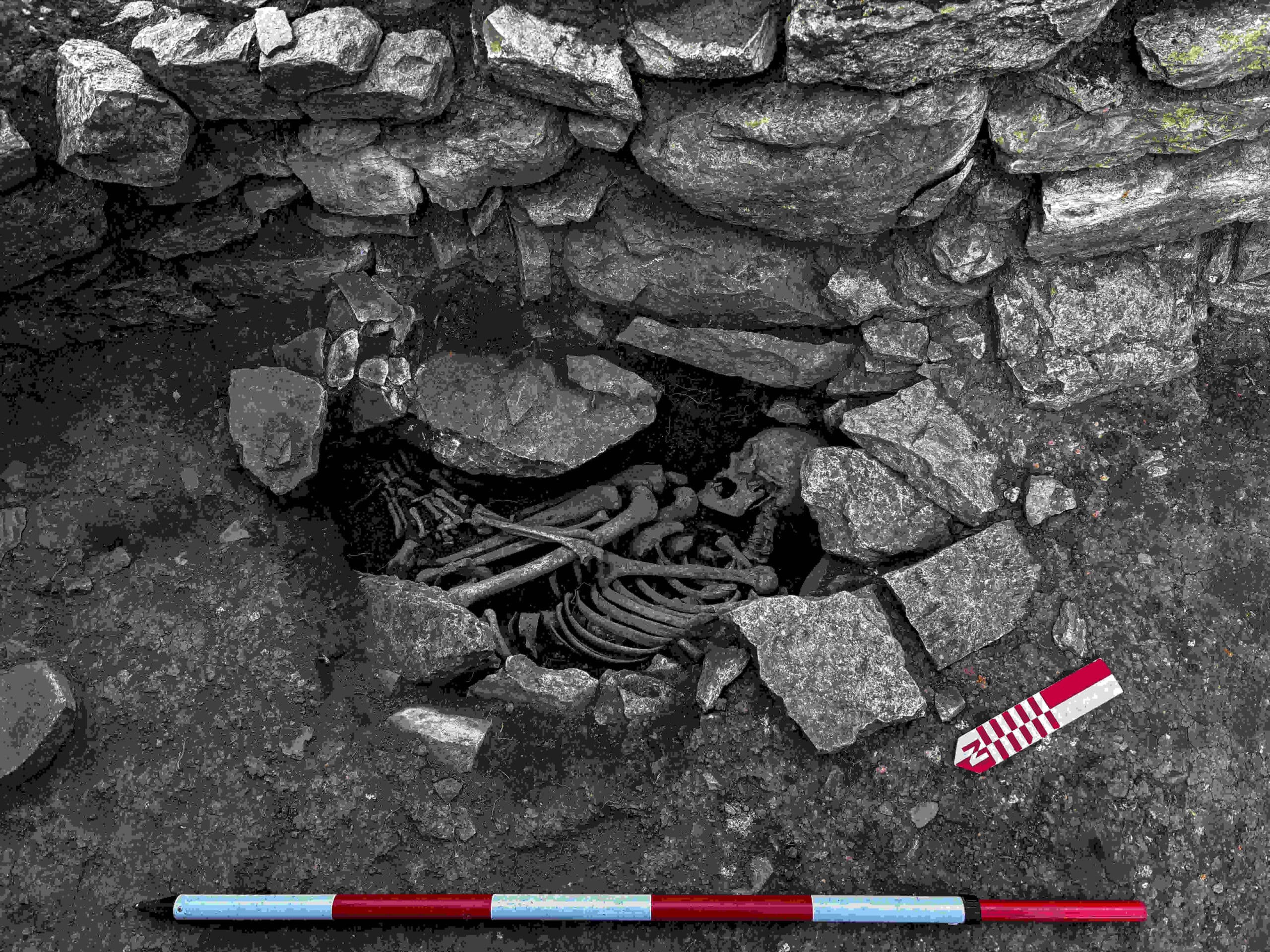

Archaeologists from Peru’s Ministry of Culture have uncovered a chulpa-style ancient tomb and offerings in the northernmost section of Kuélap, one of the country’s most significant archaeological sites. The discovery, made as part of the Kuélap Archaeological Research Program, offers new insight into the ceremonial and social life of the Chachapoya people who once inhabited the region.
Located 3,000 meters above sea level in the mountains of the Amazonas region, Kuélap is the largest and most important archaeological monument in northeastern Peru. Built in the 6th century CE by the Chachapoya culture, the city spans nearly 15 acres and is known for its impressive stonework, including massive perimeter walls.
While some researchers argue the walls served as a defense against lowland invaders, others believe they may have played a ceremonial or symbolic role.
The recent excavation focused for the first time on the site’s northernmost area, known as Research Area No. 1. Archaeologists explored six circular structures and a central courtyard. In Structure 10 of Complex 26, they uncovered the chulpa—a type of above-ground tomb more commonly seen in the Andean highlands.
Researchers found human remains and finely crafted ceremonial objects inside the stone tomb. Among the most notable artifacts were a polished stone axe, believed to have been used in both practical and ritual contexts, and a slate pendant engraved with geometric designs, likely worn as body adornment.

Other items included stone fragments and traces of metal. Experts say these remains may have been part of closing rituals performed before the site was abandoned around 1570 CE, shortly after the Spanish conquest.
“These findings expand our understanding of funerary and domestic practices in the northern part of Kuélap, and the possible kinship relationships among the individuals interred there,” the research team wrote in a report published by the Ministry of Culture.
The discovery highlights the complexity of Chachapoya society and its spiritual traditions. It also suggests a structured community with formal burial practices and ceremonial customs.
This excavation is part of a larger interdisciplinary research effort that spans 16 areas over more than 24,000 square meters of the ancient walled city. The ongoing program not only focuses on archaeological investigation and includes conservation and preservation work aimed at protecting one of Peru’s most enigmatic cultural landmarks.
Researchers continue to study Kuélap, hoping to discover more about the lives and beliefs of the people who once called the mountaintop city home.
